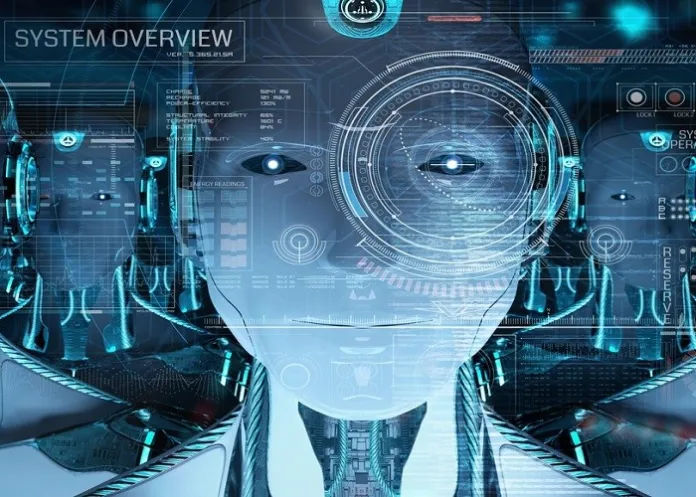A mother at the end of her tether after 17 medical experts were unable to diagnose her little boy’s debilitating pain – for three years – was finally helped by ChatGPT.
She said her son started experiencing pain and other symptoms when he was four years old, during lockdown. Painkillers helped to subdue the pain, but other symptoms started popping up.
He began chewing on objects, and his family took him to the dentist, suspecting a cavity. But, reports The Independent, he was given the all clear.
He was then referred to an orthodontist, who said his palate was too small – which can cause sleeplessness – and the family thought this might be part of why he hadn’t been feeling well.
The orthodontist placed an expander in his palate, which temporarily put the family at ease. “Everything was better for a while. We thought we were on the home stretch,” said his mother.
But the boy continued to suffer: then his mother noticed he had stopped growing, and that he wasn’t walking the way he should have been. “He would lead with his right foot and just bring his left food along for the ride,” she said. He also had severe headaches and exhaustion.
His mother took him to a number of experts to try to figure out the problem, including a paediatrician, a neurologist, and ENT specialist. All told, they consulted 17 doctors, but were left frustrated. None of the recommended treatments solved the problem.
After three years of doctors’ appointments, his mother turned to ChatGPT for answers. The chatbot, created by a company called OpenAI and released in 2022, was made to have a dialogue with people in a conversational way.
“I went line by line through everything in his (MRI notes) and plugged it into ChatGPT,” his mother said. “I also included the note about how he wouldn’t sit cross-legged… To me, that was a huge trigger (that) a structural thing could be wrong.”
She discovered tethered cord syndrome, a complication of spina bifida.
After making an appointment with a new neurosurgeon, it was confirmed her son had a tethered spinal cord as a result of spina bifida occulta, a birth defect causing issues with spinal cord development.
This is the mildest form of spina bifida, sometimes called “hidden” spina bifida, and often not discovered until later in a child’s life.
Researchers are already looking into the effects of ChatGPT on medicine. A paper published in May in Frontiers in Artificial Intelligence stated that the technology does have both benefits and drawbacks for the field: “The potential applications of ChatGPT in the medical field range from identifying potential research topics to assisting professionals in clinical and laboratory diagnosis,” the authors wrote.
“…but the use of ChatGPT and other AI tools in medical writing also poses ethical and legal concerns”.
Experts agree ChatGPT could potentially help certain people navigate the healthcare system, but that it’s not there yet.
Dr Jesse Ehrenfeld, president of the American Medical Association (AMA) said: “While AI products show tremendous promise in helping alleviate physician administrative burdens and may ultimately be successfully utilised in direct patient care, OpenAI’s ChatGPT and other generative AI products have known issues and are not error free.”
See more from MedicalBrief archives:
ChatGPT adept at answering common public health questions – US study
The risks of ChatGPT in healthcare
AI can’t replicate this crucial aspect of practising medicine

